Learn how to make an einkorn sourdough starter at home with just two ingredients and a little bit of time.
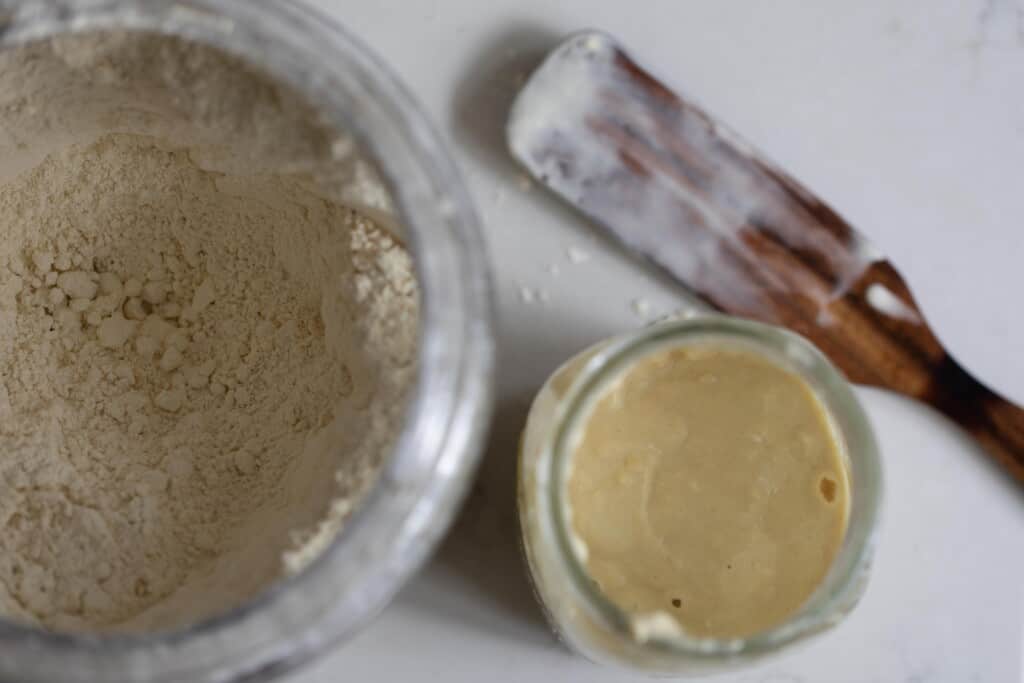
Raise your hand if you love all things sourdough and have a hard time eating unfermented grains because they taste so mediocre! It’s not just me, right?
Sourdough is healthier for you, because it is breaking down all the anti-nutrients and allowing your body to absorb those nutrients found in grains more easily. But let’s face it, it is also way more delicious.
And for those who have a hard time digesting grains, sourdough can be your golden ticket to eating grains again. But what is better than regular sourdough for this? Einkorn sourdough.
Einkorn flour is more easily tolerated by those who have gluten sensitivities. It is one that doesn’t need to be fermented for better digestion, though einkorn is even easier to digest and the antioxidants present in the flour are even more bio-available.
Plus, einkorn is just a delicious flour to use. It has more of a nutty and buttery taste. Yum!
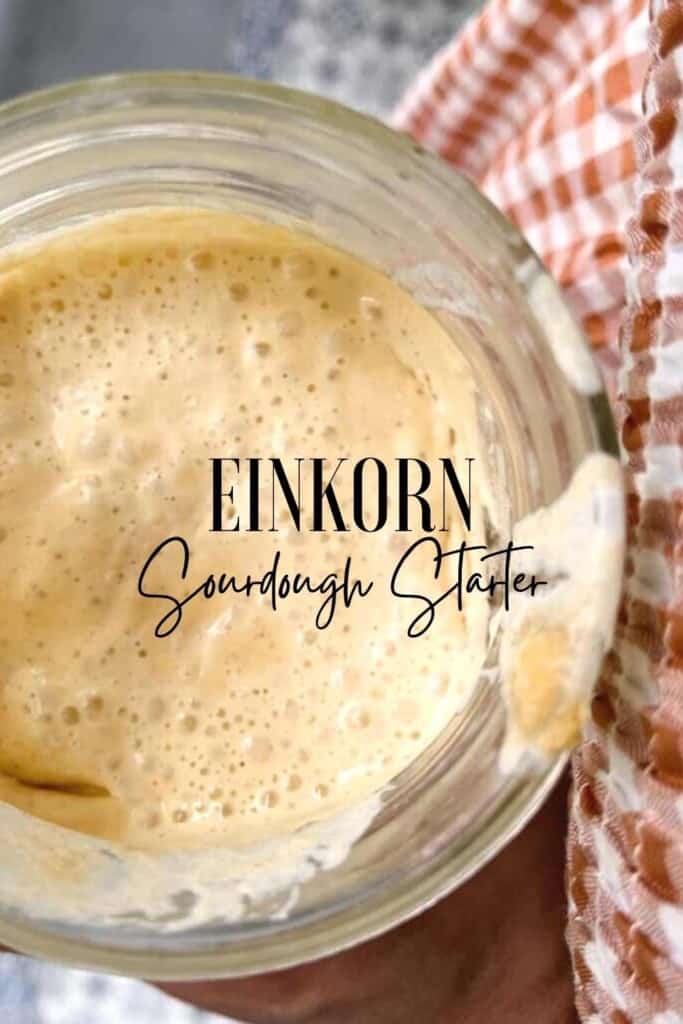
Tips:
- The absolute easiest way to create an einkorn sourdough starter is to start feeding your regular wheat sourdough starter einkorn flour. Eventually, after the fifth feeding of einkorn flour with discarding (or using), your starter will be 96% einkorn.
- Einkorn absorbs less liquid than wheat flour, so you will want to feed the starter a ratio of 1 to 1/2 flour to water. Since einkorn is a little more expensive than wheat flour or all-purpose, I feed my starter with 1/2 cup flour and 1/4 cup water.
- For making an einkorn sourdough starter, I prefer to use all-purpose einkorn flour over whole wheat. If you choose to use whole wheat einkorn, you will need a little less flour.
- Your sourdough starter should be ready to use within a week, but it may not be mature enough to bake bread for about 4 weeks.
- Don’t toss out your sourdough discard. Rather, use it to make discard recipes.
Your sourdough starter should be ready to use within a week, but it may not be mature enough to bake bread for about 4 weeks.
Why einkorn?
It is an ancient wheat that is much easier to digest and doesn’t require fermenting to break down phytic acid. It is also one of the only wheats not hybridized by modern farmers.
Most wheat today has been hybridized for better baking (aka higher protein) and better yields.
It has a higher protein content and has less starch compared to modern wheat. It also doesn’t have the same inflammatory response that refined flour can have.
Ingredients:
Einkorn flour – I prefer all-purpose einkorn flour for creating a starter. You can do whole grain einkorn for this process, but I like the results better with all-purpose flour. If you use whole grain you will need less flour starting out.
Water – Filtered, unchlorinater water. I filter my water with a Berkey water filter.
That’s it! Just two ingredients.
Tools:
Jar or bowl: This needs to be large enough for the starter to be able to double in size without spilling over. I like to use large canisters, but when you are just starting out, wide mouth mason jars work well.
Measuring cup: I use a dry measuring cup to measure out the amount of flour and use it for water, as well. Rebellious, I know.
Non-metal spoon: Some people swear that sourdough reacts to metal and doesn’t do as well. While I’ve never had an issue, I usually use a wooden spoon or a silicon spatula to stir.
FAQ:
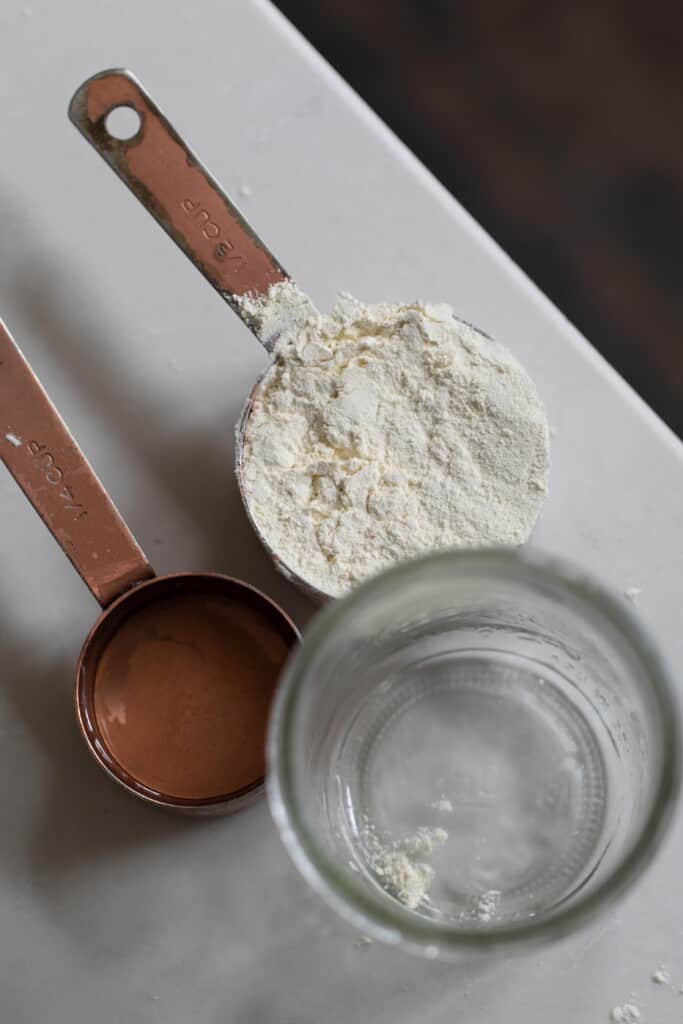
Can I use einkorn flour in my sourdough starter?
Yes. There is a little tweaking that needs to be done since einkorn doesn’t absorb as much liquid as regular flour. So I will feed my einkorn starter a ratio of 1 to 1/2 flour to water.
Is einkorn good for sourdough?
Yes. Sourdough bread made with einkorn is absolutely delicious. The process is similar, but einkorn’s gluten structure is different, so you do not need to do the stretch and folds like regular sourdough bread. Rather, you flatten and fold.
Does einkorn flour cause inflammation?
No. Refined flour is most likely going to cause inflammation. According to this study, einkorn bread actually had an anti-inflammatory effect. (source)
How do you maintain an einkorn starter?
If you leave it out on the counter, you will want to feed it every 12 hours with a flour to water ratio of 1 to 1/2. If you are not going to be baking with it everyday, you can put it in the fridge with a lid and feed it once a week.
What is the healthiest sourdough starter?
There seems to be much debate on this. Some say whole wheat is healthiest, while others say rye, but in reality, I think it comes down to whatever flour you can afford or prefer. Sourdough products are healthier than their unfermented cousins, so choose the best quality for the flour you want to use. Whether it be einkorn, whole wheat, rye, or all-purpose, all are delicious and nutritious.
What is that gray liquid on the top of my starter?
That is known as a hooch and is an indication that you need to feed your starter more. It is harmless and can be poured out, and then you will feed your starter again.
What should a sourdough starter smell like?
A mature starter will smell yeasty and fermented. The more mature, the stronger the smell will be. If it starts to smell like vinegar, then that is an indication that it is not being fed enough.
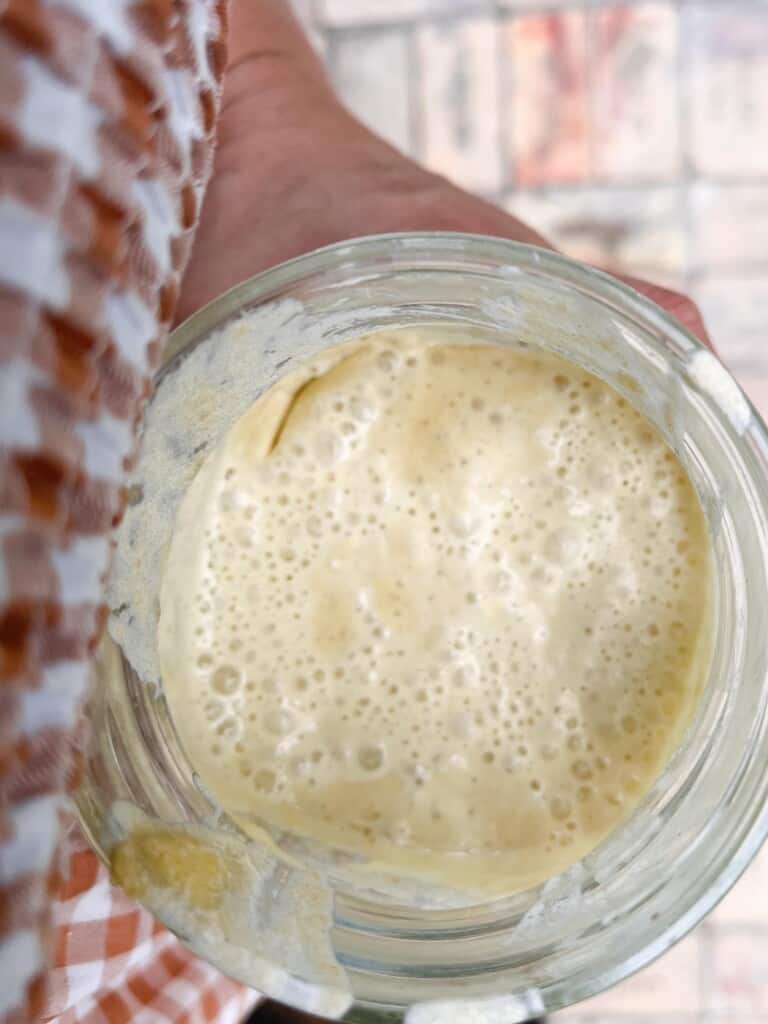
How To Make An Einkorn Sourdough Starter
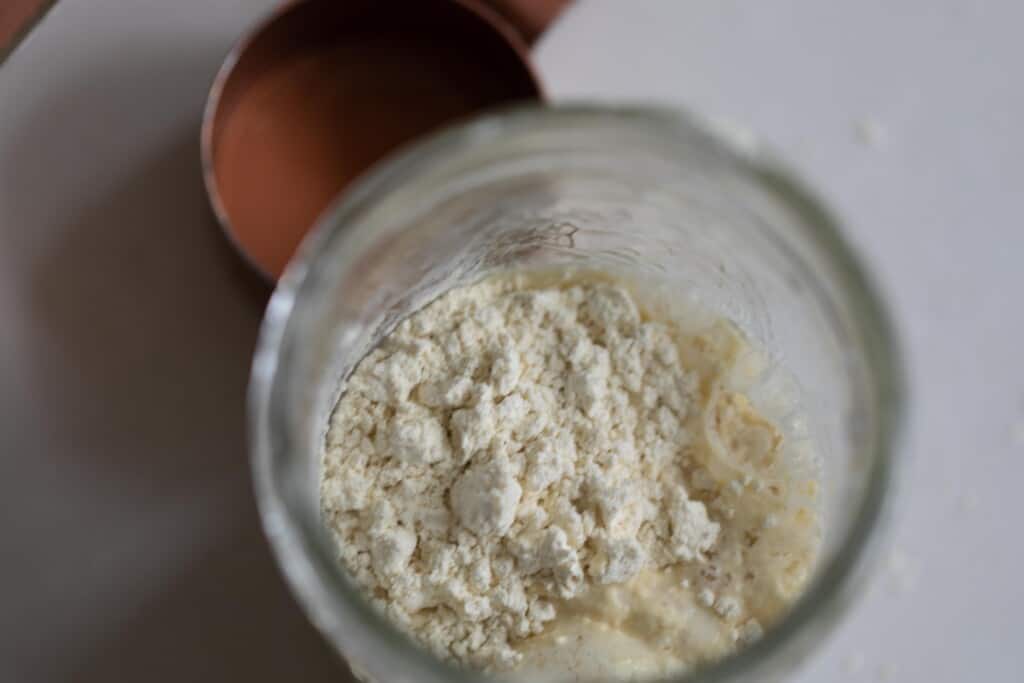
Day 1:
Mix 1/2 cup of flour and 1/4 cup filtered water.
Stir vigorously, making sure to incorporate everything well. Scrape down the sides.
Place a clean tea towel over the bowl and set aside. Allow it to sit for 24 hours.
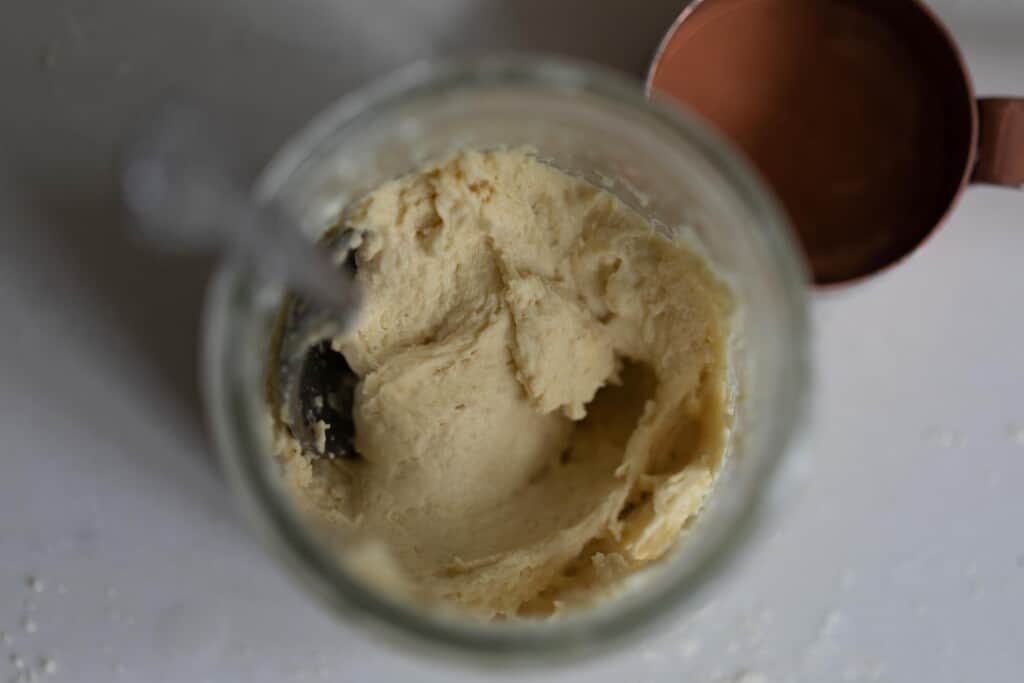
Day 2:
Discard half of the mixture and repeat the process. Add 1/2 cup flour, 1/4 cup water, stir well, and cover.
Discarding half of the mixture is important in the early days of your starter. By day four, you would have so much sourdough starter that it would be a overflowing mess. But also, removing half ensures that you are feeding your growing colony of beneficial yeast the correct amount of flour and water. If you skipped this step, there would be too much starter and not enough food, creating a weak colony.
If you cannot fathom tossing your einkorn starter (I’m with you, especially since einkorn isn’t the cheapest flour), then use it in a discard recipe like pancakes.
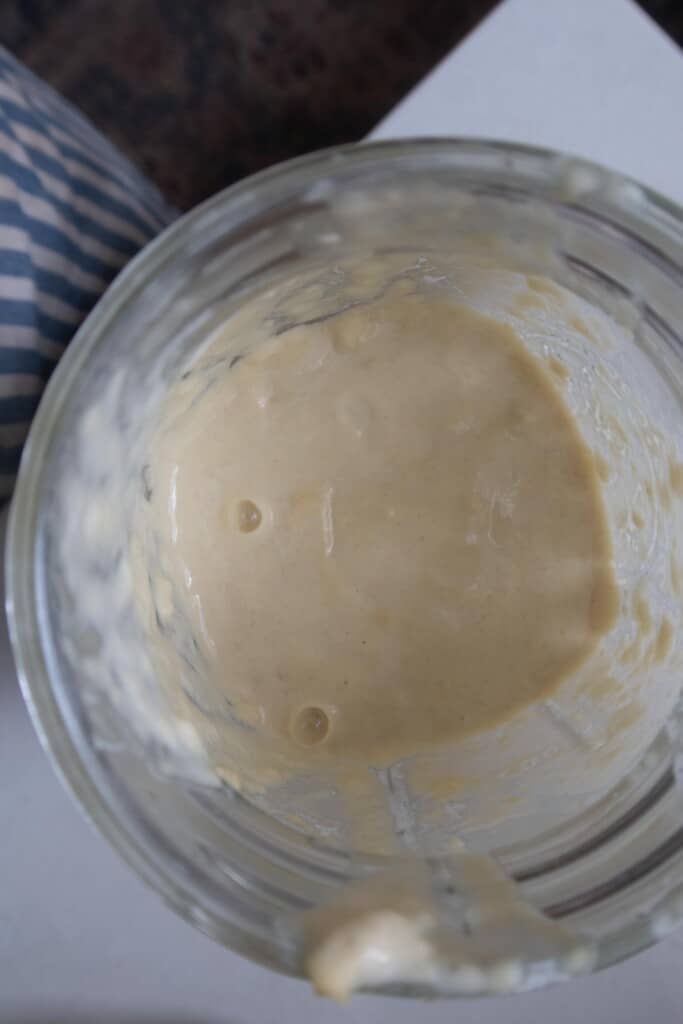
Day 3-5
Repeat the day two instructions for days three through five. Discarding half, then feed.
Day 6 & 7
Every 12 hours, discard half the mixture and feed 1/2 cup flour with 1/4 cup water and mix well.
By day seven, there should be enough beneficial bacteria and yeast present to bake fermented sourdough goodies. Einkorn sourdough bread may not be able to bake for a few weeks as your starter matures.
You will know it is ready if by 4-12 hours after you feed it, it bubbles and doubles in size.
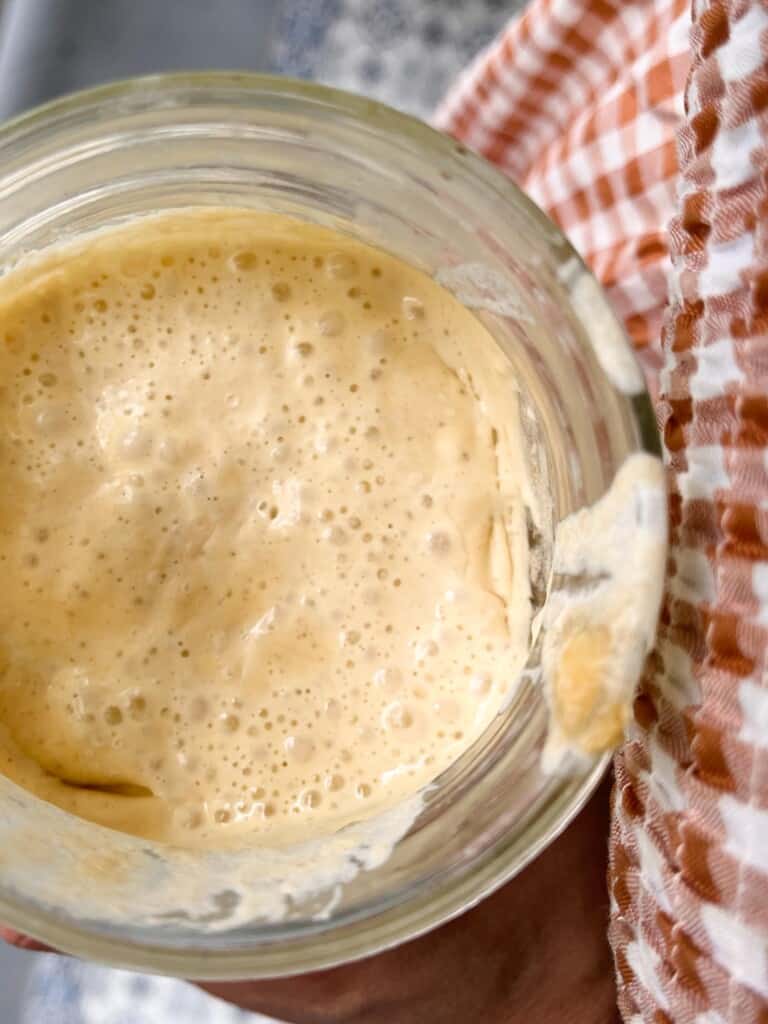
Sourdough Starter Maintenance
Sourdough starters can last multiple lifetimes and have been known to be passed down through generations. You simply need to take proper care of them, which is pretty easy to do.
If you plan to bake often, you can leave it on the counter and feed it twice a day. Otherwise it can be placed in the refrigerator.
Most people probably won’t use the starter every single day, so unless you own and operate a bakery, I would recommend storing it in the refrigerator between uses.
In the refrigerator for occasional use
By storing it in the fridge, you can feed the starter once a week and then just pull it out and feed before you plan to bake with it. Storing it in the refrigerator slows down the fermentation process, reducing the amount of feeding required.
I use my starter a couple times per week and plan bulk sourdough baking (like my bulk sourdough bread making… it’s life changing). If I plan to make something on Sunday morning, for example, I will pull my starter out of the fridge Saturday morning and feed it. By Saturday evening it is bubbly and ready to go for starting a batch of bread. Then I will feed the starter and place it back into the fridge until I need it again.
Find My Other Favorite Einkorn Recipes:
- Einkorn Cinnamon Rolls
- Einkorn Sourdough Bread
- The Best Einkorn Pie Crust
- Einkorn Chocolate Chip Cookies
- Gingerbread Cake With Einkorn Flour
If you try this recipe and love it, I would love if you gave it 5 stars! Thank you! Tag me on Instagram @farmhouseonboone.
Einkorn Sourdough Starter
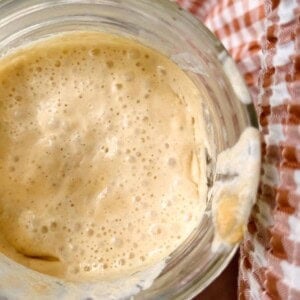
Ingredients
- Einkorn flour
- Water
Instructions
Day 1:
- Mix 1/2 cup of flour and 1/4 cup filtered water.
- Stir vigorously, making sure to incorporate everything well. Scrape down the sides.
- Place a clean tea towel over the bowl and set aside. Allow it to sit for 24 hours.
Day 2:
- Discard half of the mixture and repeat the process.
- Add 1/2 cup flour, 1/4 cup water, stir well, and cover.
Day 3-5
- Repeat the day two instructions for days three through five. Discarding half, then feed.
Day 6 & 7
- Every 12 hours, discard half the mixture and feed 1/2 cup flour with 1/4 cup water and mix well.
- By day seven, there should be enough beneficial bacteria and yeast present to bake fermented sourdough goodies.
- You will know it is ready if by 4-12 hours after you feed it, it bubbles and doubles in size.
Notes
- The absolute easiest way to create an einkorn sourdough starter is to start feeding your regular wheat sourdough starter einkorn flour. Eventually, after the fifth feeding of einkorn flour with discarding (or using), your starter will be 96% einkorn.
- Einkorn absorbs less liquid than wheat flour, so you will want to feed the starter a ratio of 1 to 1/2 flour to water. Since einkorn is a little more expensive than wheat flour or all-purpose, I feed my starter with 1/2 cup flour and 1/4 cup water.
- For making an einkorn sourdough starter, I prefer to use all-purpose einkorn flour over whole wheat. If you choose to use whole wheat einkorn, you will need a little less flour.
- Your sourdough starter should be ready to use within a week, but it may not be mature enough to bake bread for about 4 weeks.
Nutrition information is automatically calculated, so should only be used as an approximation.
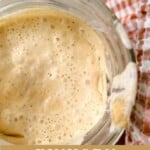
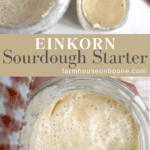



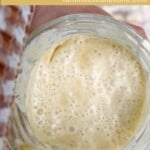
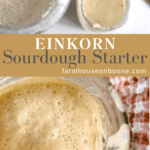
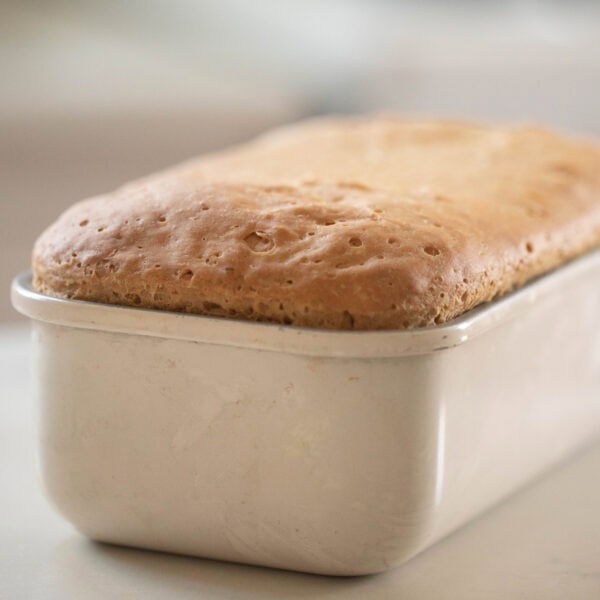
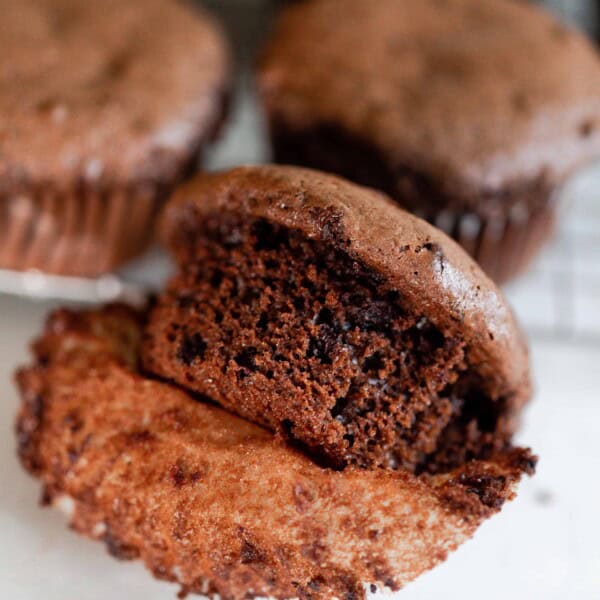
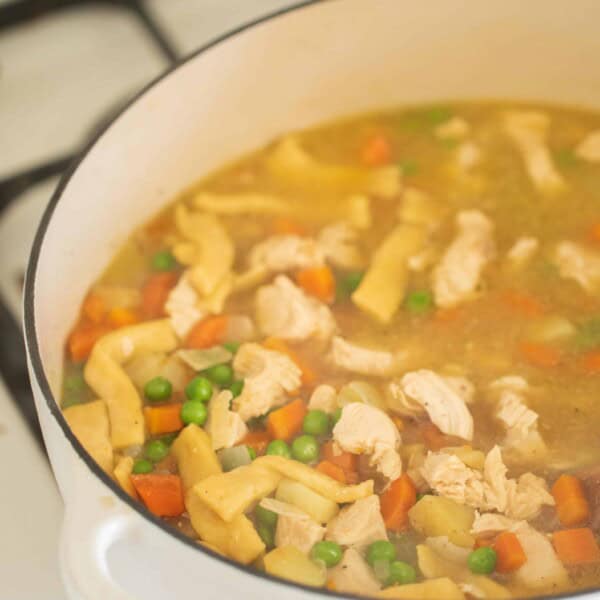
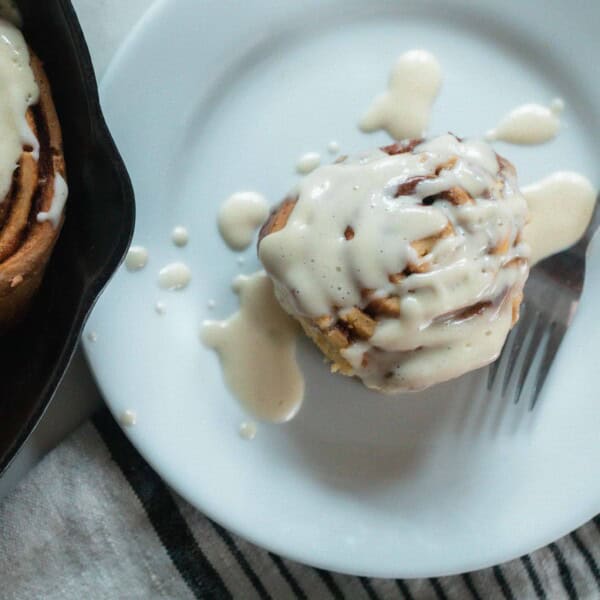






There is a little tweaking that needs to be done since einkorn doesn’t absorb as much liquid as regular flour. So I will feed my einkorn starter a ratio of 1 to 1/2 flour to water”
So this is a daily feeding 1 cup flour to 1/2 cup water.
Should I do this once or twice daily?
Do you have a starter feeding schedule in grams?
How much discard do I remove?
How do I properly store discard?
The recipe card and the post have the instructions on how much flour to use and discard. You feed it once a day (24 hours apart)on days 1-5. On day 6 and 7 you are feeding it twice per day about 12 hours apart. You remove half the amount of starter each time to discard it. I don’t have gram measurements unfortunately. Store discard in a container with a lid in the fridge until you want to use it for a discard recipe or just throw it away.
Hi. Before starting the process, I have a few questions…
Instead of discarding half the mixture, are there ways to use it?
On days 3-5, is the process repeated once on each day?
After day 7, should the starter be refrigerated?
How will I know when the starter is ready to bake bread?
What kind of container is ideal for starting the process, and for then for storing?
Thank you!
You can technically use discard in discard recipes right away. It may not have the usual tang yet though, and won’t necessarily have the fermentation benefits yet. Repeat the day two instructions for days three through five. Discarding half, then feed, so yes, once each day. You will know the starter is ready when it is bubbly, doubles in size, and passes the float test. This may take longer than 7 days to achieve. You only want to put it in the fridge once it is ready to use and you aren’t planning on making anything with it soon. If you plan to make bread, you keep it on the counter and continue to feed it. Here is my Amazon list of supplies (affiliate link): https://www.amazon.com/shop/farmhouseonboone/list/6G36CRMZVJXI?ref_=aip_sf_list_spv_s_ofs_mixed_d
Hope that helps!
Hi Lisa,
I love your blog and recipes and am finally taking the sourdough plunge. but I had a quick question. How soon can we start using discard in other things? I.e. the discard in Day 2?
Blessings!
You can technically start using it right away. It just may not have the tang and won’t have the fermented health benefits.
When I first start the sourdough starter and you say to put a tea towels over it and let sit for 24 hours……do I leave it on the counter at room temperature or out it in the fridge?
At room temperature, just like you would a regular sourdough starter.
I have an already active sourdough starter that has been fed with organic bread flour. I want to transition to einkorn flour. I am wondering, can I feed with the ratios you mentioned here with the Einkorn flour and go ahead and use it to make bread, or will I still need to follow the wait time you mention here before it is ready to make bread? Thanks.
You should be able to go ahead and make bread, as long as your starter is active – doubling in size/bubbly/passes the float test.
Hi Lisa. I am a newbie- never baked bread before.
I need to bake w einkorn &wonder if I can use non-einkorn flour sourdough starter to bake einkorn sourdough. If so, do you have any idea about the measurements? Do you happen to know? It sounds like you recommend regular all purpose einkorn to make starter/ not whole wheat.
Do you recommend all purpose einkorn flour for the bread flour, as well as to make starter?
Thank you for your blog it’s incredibly informative.
I want to learn how to bake at home to save money, and have better health.
You can use a non-einkorn starter to bake einkorn sourdough. It would be the same measurements. You can really use any gluten containing flour to feed a starter. I’ve used a variety over the years: all-purpose, whole wheat, freshly ground, etc. Hope that helps!
What’s the difference between all purpose einkhorn and whole wheat einkhorn? And how do you know what wheat berries you have?
Wheat berries are always whole grain. All purpose flour is when you sift off the bran and germ. I personally just purchase all purpose einkorn.
Lisa, once einkorn sourdough starter is established, can it then be used in all of your sourdough recipes, the same as wheat sourdough starter? Especially the sourdough pancake recipe!
Yes!
I have used many of your sour dough recepies now, and only use einKorn flour. Thank you! This advenure has been fun and delicious. We have a child who can not eat regular flour due the gluten…. however, her behavior absolutely changes with gluten free flour. We have had absolutely no gut issues with einkorn, and she doesn’t crack out ( super hyper with absolutely no ability to focus) with it either.Thank you!!!!
Wow! That is wild that she responds to gluten that way. So glad you find something that works for you!
I’m starting this new journey with einkorn flour. I found a different recipe before stumbling across yours. This one called for different measurements but to wait 48 hrs before the first discard. During the discard I made hooch (which looked moldy, but was normal for einkorn) I feel like this I might have messed up my starter by adding a little too much water it’s not as “dry” as my first day. Should I start over?
As long as it was not true mold, I would just keep feeding it and going through the process. It should be fine.